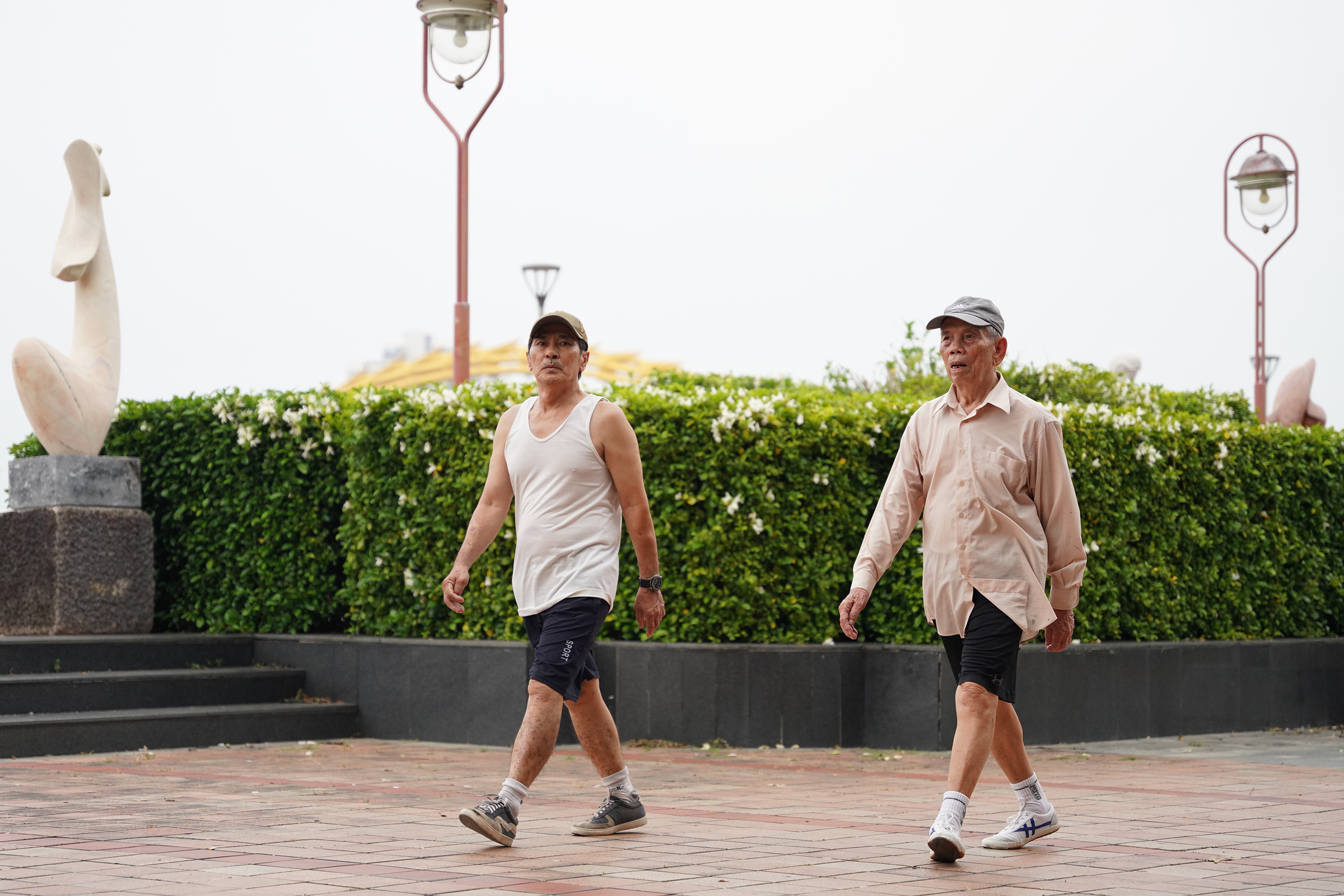High blood pressure has become a national health concern, no longer limited to older adults. More concerning is that it often develops without symptoms until it leads to a heart attack, stroke, or kidney disease.
According to doctors, in many cases, regular lifestyle changes can naturally lower blood pressure and even delay the need for medication.
Furthermore, the latest guidelines from the American Heart Association (AHA) and the American College of Cardiology (ACC) have redefined high blood pressure. A reading of 130/80 mmHg or higher is now considered hypertension, lower than the previous threshold of 140/90 mmHg. This means more people are now at risk and need to take early action.
According to Dr. Ashish Kumar, Senior Consultant of Cardiology at Amrita Hospital, Faridabad, the following lifestyle changes are most effective in managing blood pressure:
Maintaining a healthy weight is crucial. Dr. Kumar states that weight loss has one of the most significant impacts. "For every 1 kg lost, systolic blood pressure can decrease by about 1 mmHg," he says.
Even moderate weight loss of 5-10% can benefit not only blood pressure but also cardiovascular and metabolic health.
Reducing salt and processed foods is especially beneficial for people of South Asian descent, older adults, and those with kidney problems. For these groups, reducing salt can lower blood pressure by 5-10 mmHg. For others, the effect is still significant. The ideal salt intake is less than 1,500 mg per day, with an upper limit of 2,300 mg.
Processed foods, packaged snacks, and restaurant meals are major contributors to excess salt intake. Therefore, it's best to cook at home.
Dr. Kumar recommends the DASH diet, rich in fruits, vegetables, whole grains, low-fat dairy, and lean protein, and the Mediterranean diet, which focuses on olive oil, nuts, legumes, fish, and plant-based protein.
Also, focus on potassium (bananas, spinach, beans); magnesium (nuts, seeds, whole grains); and omega-3s (fish, flaxseed, walnuts). These nutrients help relax blood vessels, counteract sodium, and reduce inflammation.
 |
Just 30 minutes of brisk walking, five days a week (150 minutes/week), can reduce systolic blood pressure by 5-8 mmHg. Photo: Nguyen Dong
Limiting alcohol and quitting smoking are essential. Smoking immediately raises blood pressure and damages blood vessels. Quit smoking completely. Limit alcohol to 1 drink/day (women) or 2 drinks/day (men), although less is better.
Caffeine can cause a temporary spike in some people. One to two cups/day is generally safe, but monitor your body's response.
Getting at least 150 minutes of exercise a week, such as 30 minutes of brisk walking five days a week, can reduce systolic blood pressure by 5-8 mmHg. Cycling, swimming, strength training, and stress management through yoga and meditation can also be incorporated.
"Those with very high blood pressure (≥160/100 mmHg) or signs of organ damage still need medication," says Dr. Kumar. However, those with mild hypertension can try lifestyle changes for 3-6 months, as long as they monitor their blood pressure regularly at home.
My Y (According to Business Standard)












